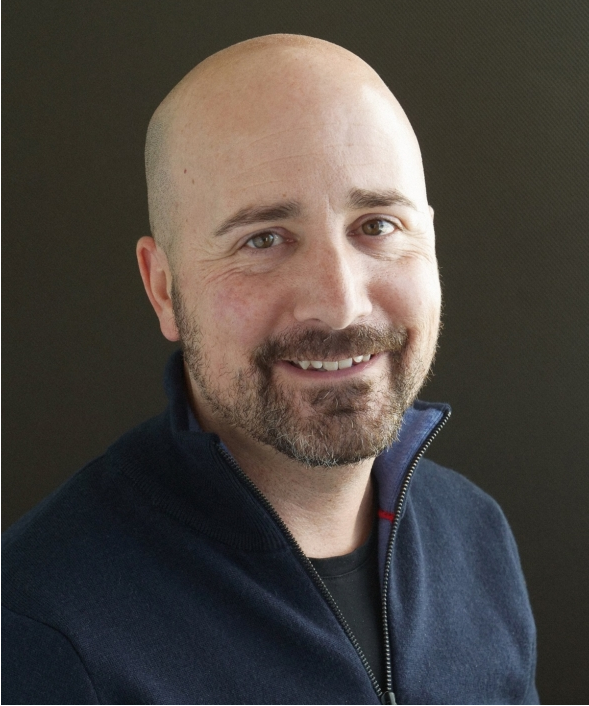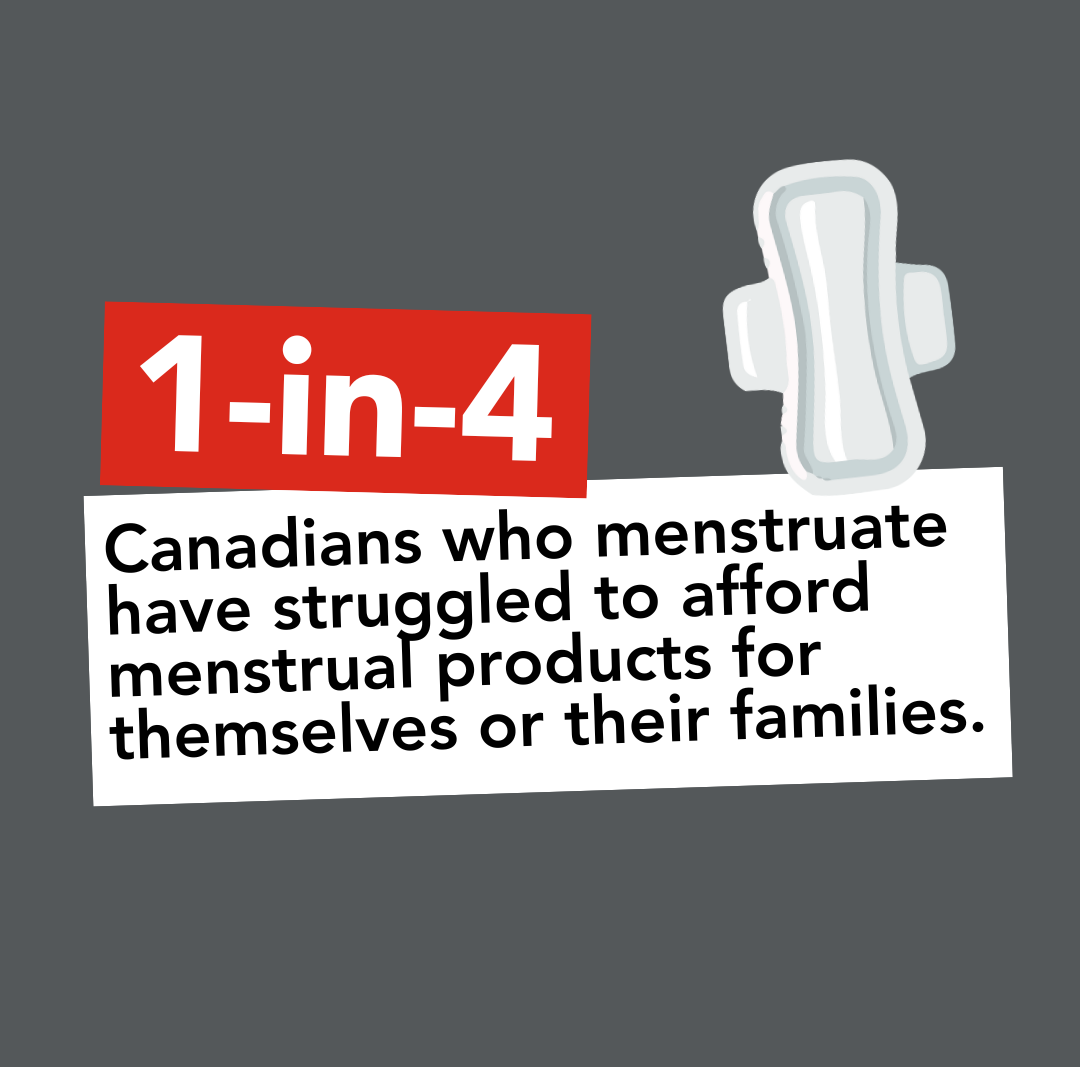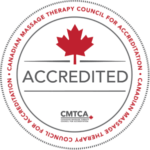This is the first of a series of columns written for our graduates by Vicars curriculum consultant Eric Purves. Eric earned an MSc in rehabilitation science from UBC, focused on the role of RMTs in the healthcare system.
The most effective massage therapy treatment involves much more than what you provide on the table.
You can maximize the therapeutic impact of your hands-on work by focusing on assessment, measurement, charting, and treatment planning. Massage therapists need to have the knowledge and skills to gather relevant information through an evidence-based assessment process, communicate this to patients, and then engage in a shared decision-making process to create a meaningful treatment plan.
An evidence-based assessment involves using the appropriate orthopedic and special tests and including validated outcome measures so you can accurately chart and track patient progress. This process involves knowing which tests to use, which to avoid and how and when to use the correct outcome measure for the patient’s specific presentation.
By integrating an evidence-based assessment and measurement routine into your practice, you raise the quality of care and streamline your processes to ensure more predictable outcomes for your patients.
If you can accurately assess and measure, then you can create more robust treatment plans that focus on specific objectives. This process allows continual re-evaluation to see progress and empowers you and the patient to collaborate on strategies to achieve their intended outcome.
Accurate assessment and measurement are especially important for massage therapists working with those who have experienced motor vehicle accidents (MVAs) or require treatment approvals with insurance providers.
Simplify your assessment
The most effective assessment tool is the clinical conversation, traditionally called the patient interview. Being a better listener begins by asking open-ended questions. This important first step in the approach to assessment is the cornerstone of patient-centred care and is essential for building a strong therapeutic relationship, which is known to result in more consistent outcomes.
Clinicians, including RMTs, may be relying too much on orthopaedic and special testing. Many of these tests are prone to false positives and negatives and may not be specific to the intended structures. Testing still has value, but it is important for therapists to know which have been
found to be flawed, and to learn more effective and efficient ways to assess for longer term functional outcomes.
Save time by charting more effectively
Clear communication to patients and other clinicians begins with how you chart.
Adopting an evidence-based approach to charting takes less time, is easier for clinicians and patients to understand, and enables you to more accurately monitor outcomes and adjust your treatment plans efficiently.
This also allows you to more effectively communicate with insurance companies when seeking treatment approvals and treatment extensions.
The way most RMTs have been taught to chart can be updated and simplified by adopting current evidence-based standards. Palpation findings, muscle tonicity, joint range of motion, and pathoanatomical reasoning can all be updated with patient-centred language.
Try using a SOAP-note-inspired charting framework but include less named techniques and more language about the patient’s experience. Use a simplified description of the areas you treated. These best practices will help ensure your assessments are valid, your charting is precise, and your treatment plans are as effective as possible.
This approach to charting can lead to better care and improved patient outcomes. It ensures therapists accurately identify functional concerns and objectively track progress. Collecting and recording accurate information empowers you to engage patients in their own recovery by creating more personalized interventions, improved adherence to self-management and better functional outcomes.




